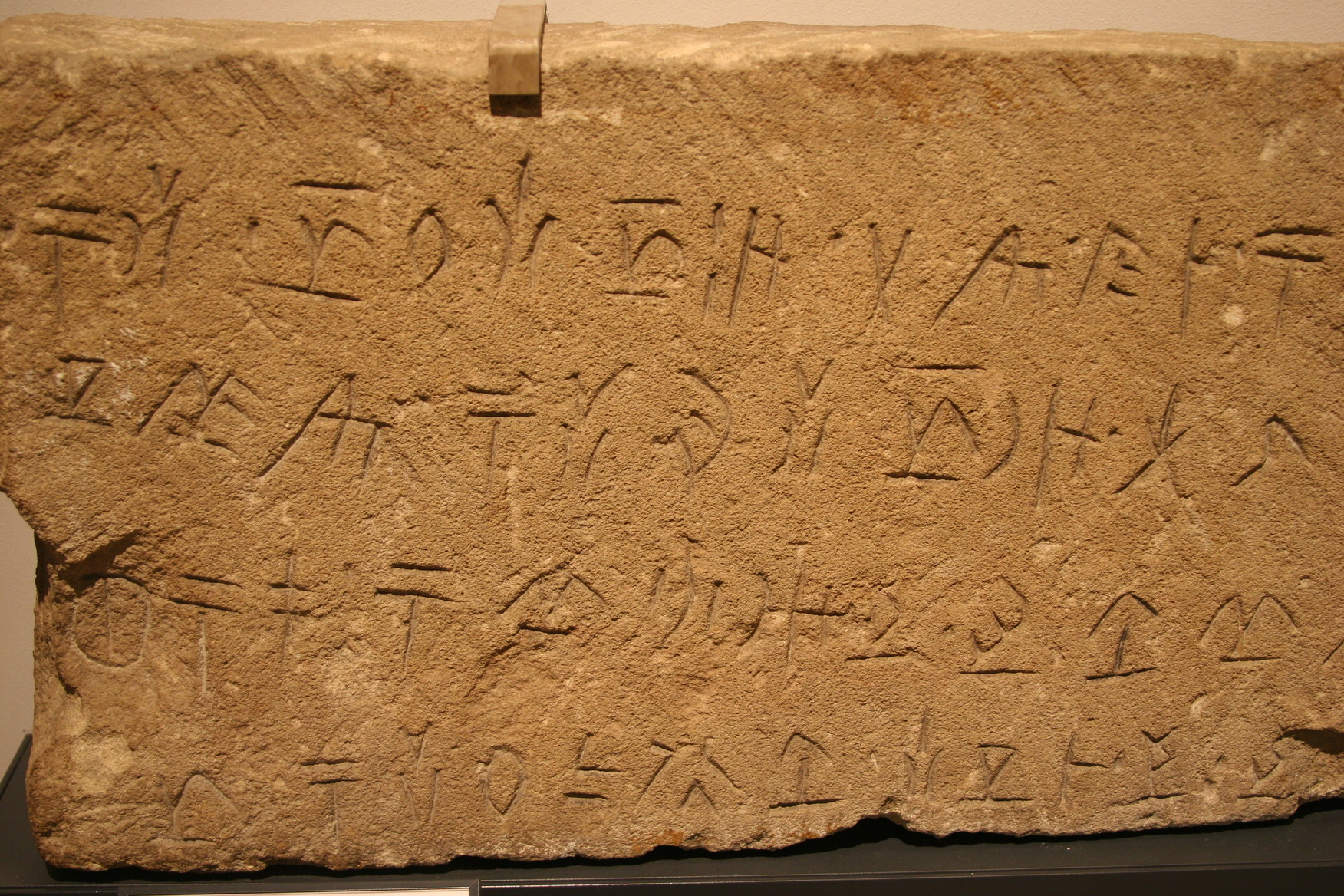|
Mucuchí–Marripú Language
Mucuchí–Marripú was a language used in Venezuela Venezuela (; ), officially the Bolivarian Republic of Venezuela ( es, link=no, República Bolivariana de Venezuela), is a country on the northern coast of South America, consisting of a continental landmass and many islands and islets in th .... References Indigenous languages of the Americas Timotean languages Extinct languages Languages of Venezuela {{IndigenousAmerican-lang-stub ... [...More Info...] [...Related Items...] OR: [Wikipedia] [Google] [Baidu] |
Venezuela
Venezuela (; ), officially the Bolivarian Republic of Venezuela ( es, link=no, República Bolivariana de Venezuela), is a country on the northern coast of South America, consisting of a continental landmass and many islands and islets in the Caribbean Sea. It has a territorial extension of , and its population was estimated at 29 million in 2022. The capital and largest urban agglomeration is the city of Caracas. The continental territory is bordered on the north by the Caribbean Sea and the Atlantic Ocean, on the west by Colombia, Brazil on the south, Trinidad and Tobago to the north-east and on the east by Guyana. The Venezuelan government maintains a claim against Guyana to Guayana Esequiba. Venezuela is a federal presidential republic consisting of 23 states, the Capital District and federal dependencies covering Venezuela's offshore islands. Venezuela is among the most urbanized countries in Latin America; the vast majority of Venezuelans live in the cities of the n ... [...More Info...] [...Related Items...] OR: [Wikipedia] [Google] [Baidu] |
Timotean Languages
The Timotean languages were spoken in the Venezuelan Andes around what is now Mérida. It is assumed that they are extinct. However, Timote may survive in the so-far unattested Mutú (Loco) language, as this occupies a mountain village (Mutús) within the old Timote state.Willem Adelaar with Pieter Muysken, ''The Languages of the Andes'', CUP, 2004:124–125 Genetic relations There is no apparent connection to the Chibchan, Arawakan, or Cariban families, apart from sporadic resemblances with Paez and some divergent Chibchan languages, so Timotean appears to be an independent family. Jolkesky (2016) also notes that there are lexical similarities with the Jirajaran languages. Languages There were two closely related languages, each a pair of dialects: * Timote–Cuica (Miguri, Cuica, "Cicua", spoken by the Timoto–Cuica people Timoto–Cuica people were an indigenous people of the Americas composed primarily of two large tribes, the Timote and the Cuica, that inhabited in the ... [...More Info...] [...Related Items...] OR: [Wikipedia] [Google] [Baidu] |
Indigenous Languages Of The Americas
Over a thousand indigenous languages are spoken by the Indigenous peoples of the Americas. These languages cannot all be demonstrated to be related to each other and are classified into a hundred or so language families (including a large number of language isolates), as well as a number of extinct languages that are unclassified because of a lack of data. Many proposals have been made to relate some or all of these languages to each other, with varying degrees of success. The most notorious is Joseph Greenberg's Amerind hypothesis, which however nearly all specialists reject because of severe methodological flaws; spurious data; and a failure to distinguish cognation, contact, and coincidence. Nonetheless, there are indications that some of the recognized families are related to each other, such as widespread similarities in pronouns (e.g., ''n''/''m'' is a common pattern for 'I'/'you' across western North America, and ''ch''/''k''/''t'' for 'I'/'you'/'we' is similarly found ... [...More Info...] [...Related Items...] OR: [Wikipedia] [Google] [Baidu] |
Extinct Languages
An extinct language is a language that no longer has any speakers, especially if the language has no living descendants. In contrast, a dead language is one that is no longer the native language of any community, even if it is still in use, like Latin. A dormant language is a dead language that still serves as a symbol of ethnic identity to a particular group. These languages are often undergoing a process of revitalisation. Languages that currently have living native speakers are sometimes called modern languages to contrast them with dead languages, especially in educational contexts. In the modern period, languages have typically become extinct as a result of the process of cultural assimilation leading to language shift, and the gradual abandonment of a native language in favour of a foreign ''lingua franca'', largely those of European countries. As of the 2000s, a total of roughly 7,000 natively spoken languages existed worldwide. Most of these are minor languages in dang ... [...More Info...] [...Related Items...] OR: [Wikipedia] [Google] [Baidu] |

